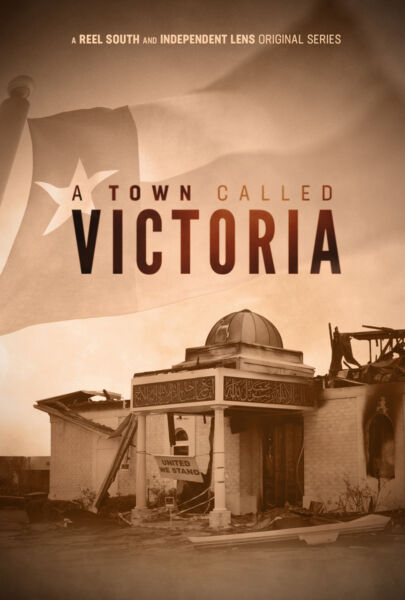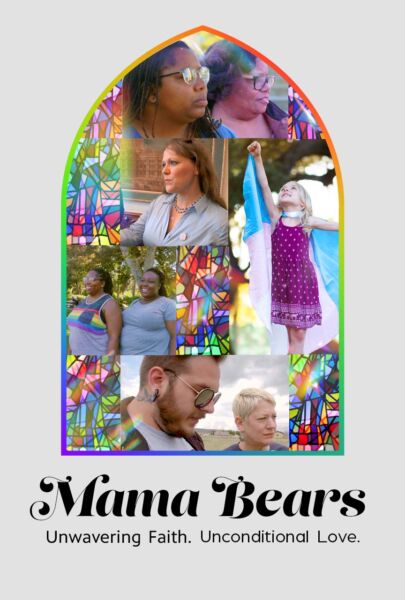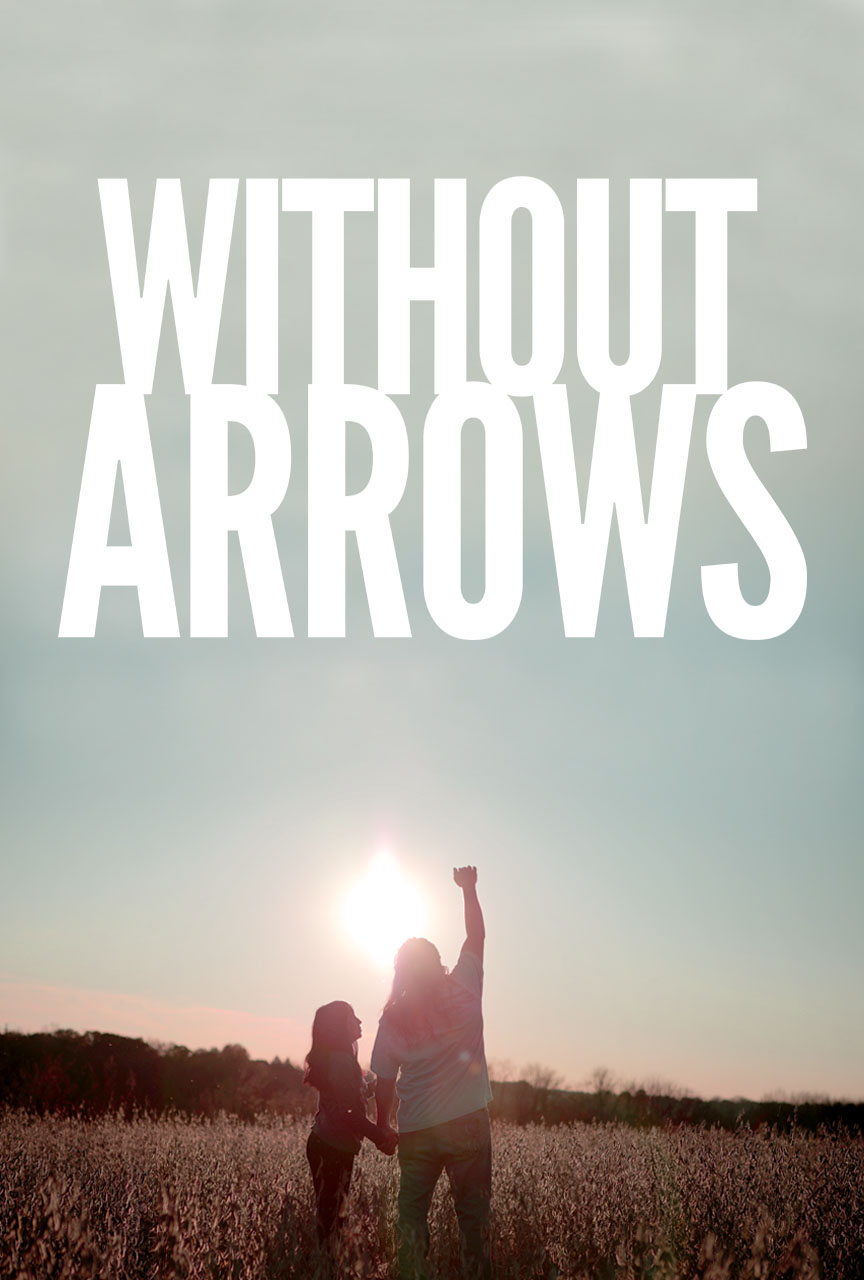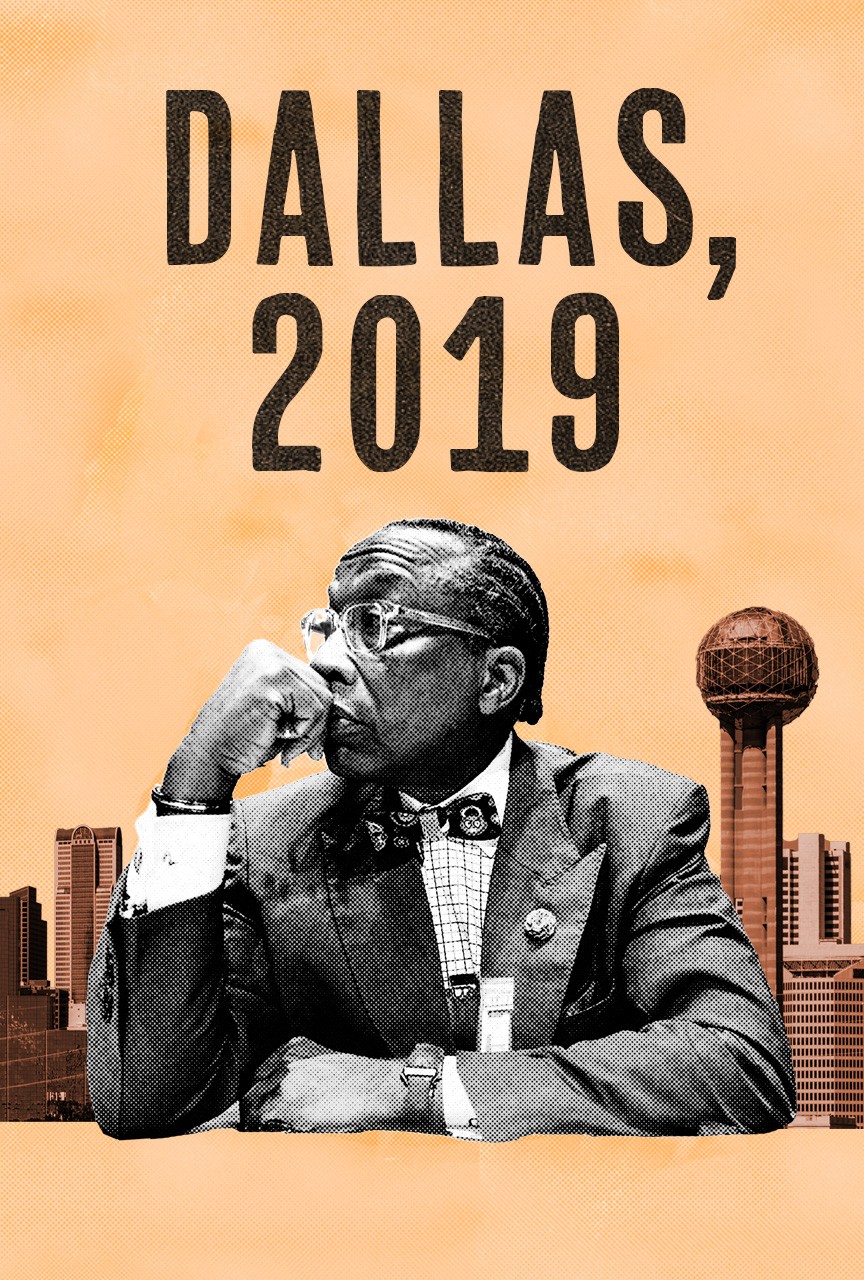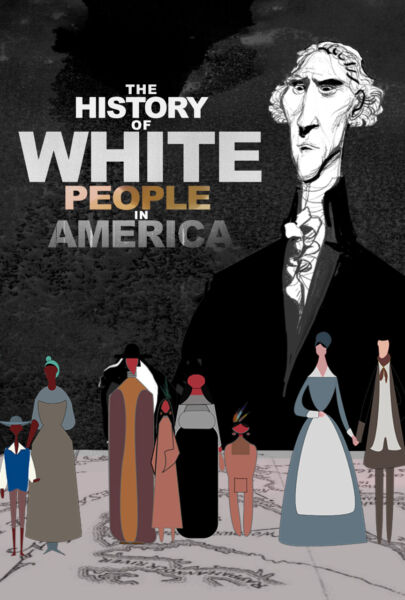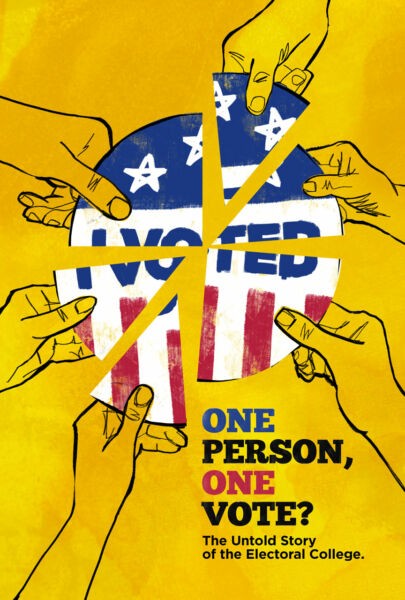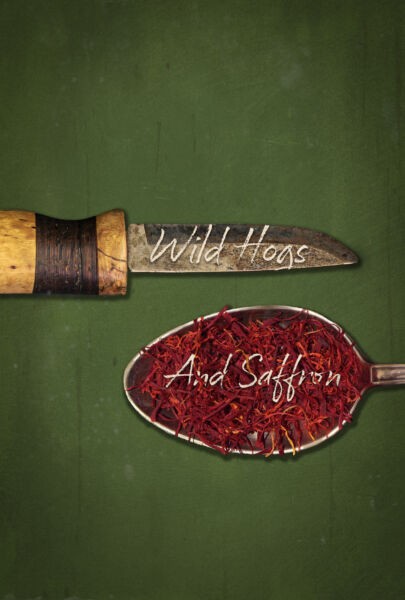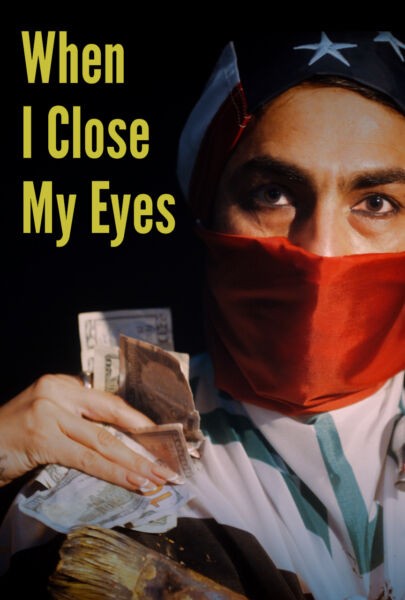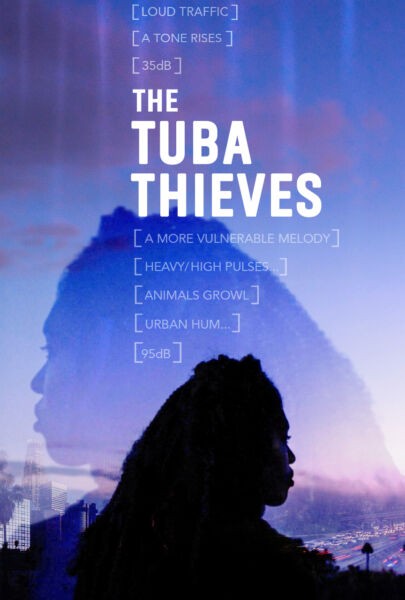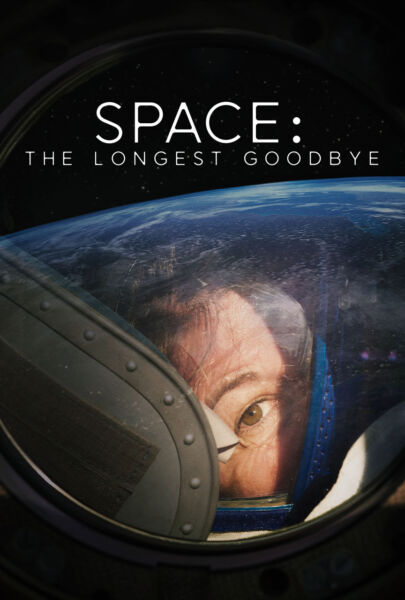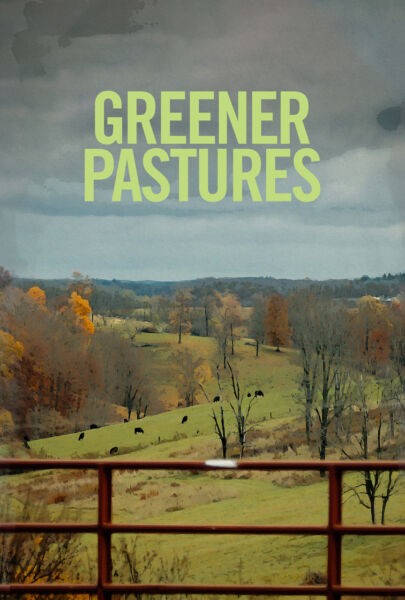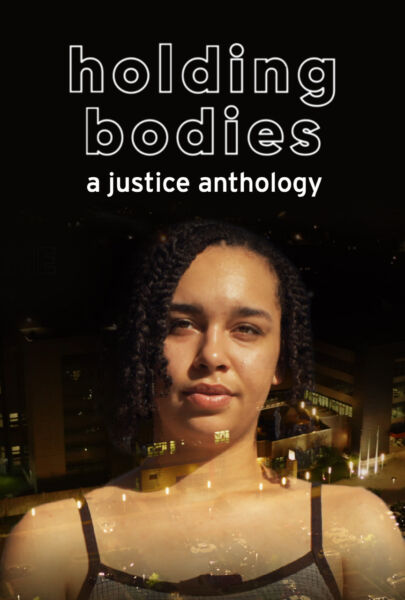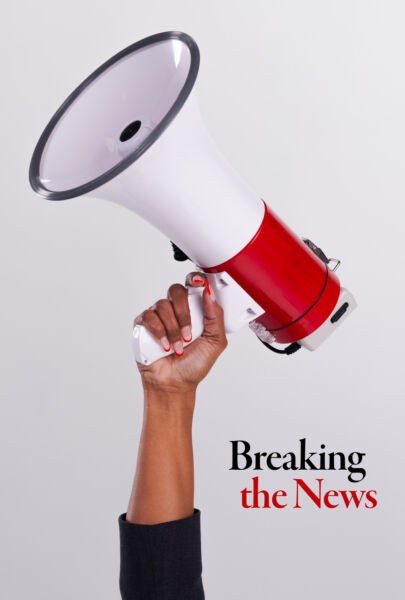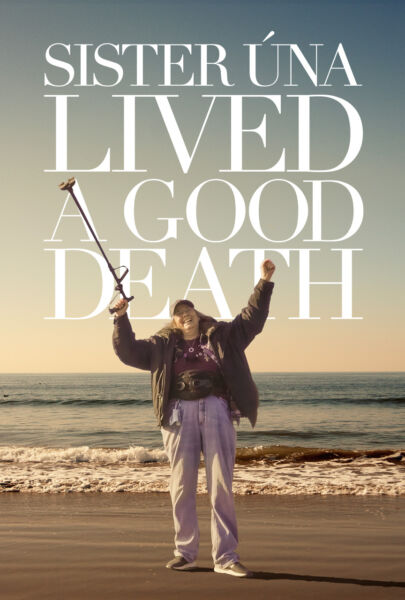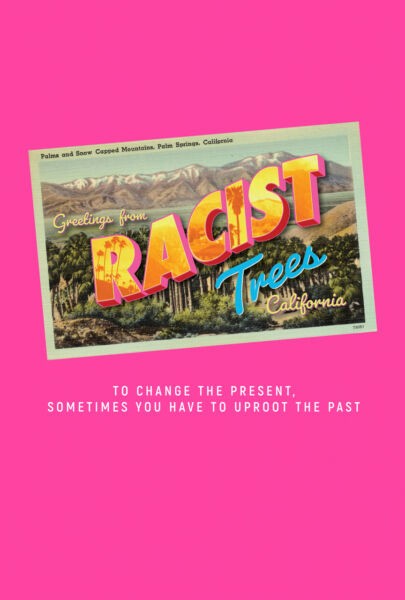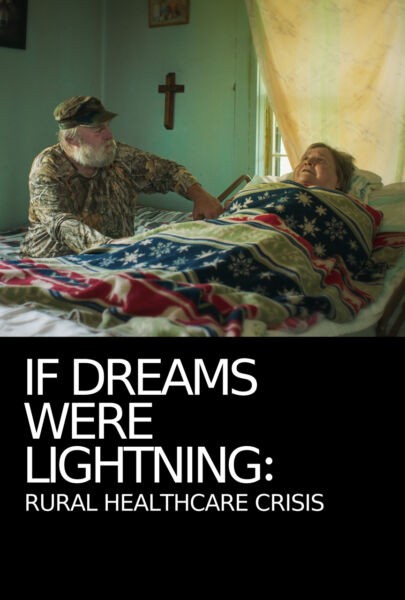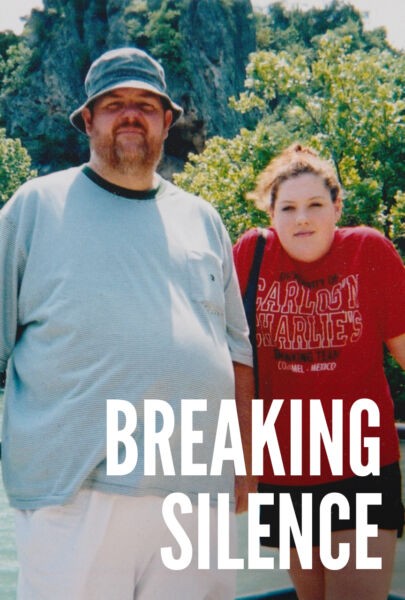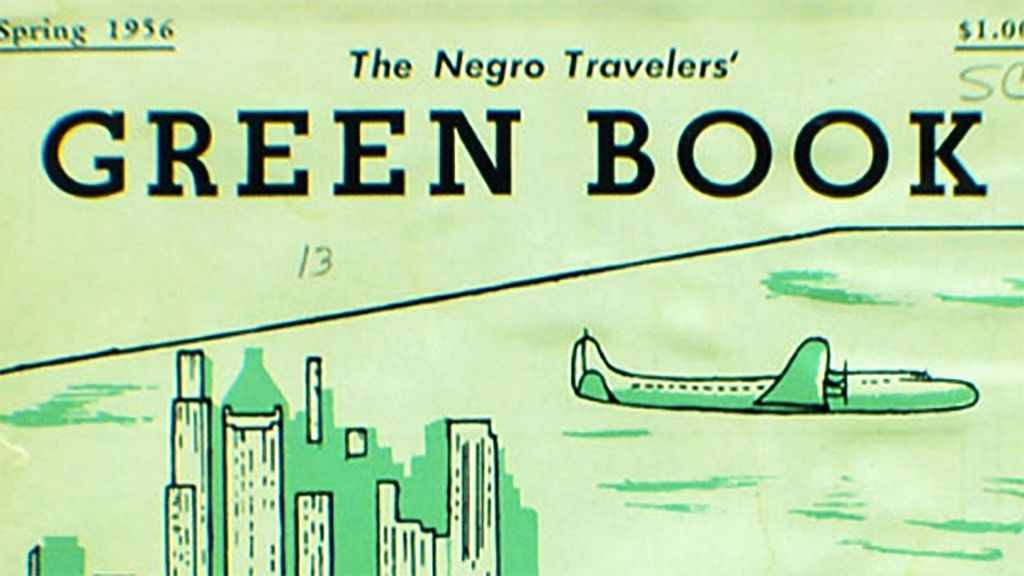
In Soul Food Junkies, filmmaker Byron Hurt briefly describes what it used to be like for African Americans to travel in the United States. He talks about how blacks would take along boxed lunches in order to avoid being turned away from restaurants or dining cars. And he mentions in passing a guide called The Negro Motorist Green Book, later known as The Negro Travelers’ Green Book, or more commonly, simply The Green Book.
Because of the limitations of the film’s length, the documentary couldn’t devote much time exploring this sidebar in black history. So we decided to delve a little more deeply into the guide many considered indispensable for safe and “embarrassment-free” travel.
The Green Book, which was published from 1936 until the passage of the Civil Rights Act in 1964, listed establishments across the U.S. (and eventually North America) that welcomed blacks during a time when segregation and Jim Crow laws often made travel difficult — and sometimes dangerous.
“Carry The Green Book with you. You may need it,” advises the cover of the 1949 edition. And under that, a quote from Mark Twain, which is heartbreaking in this context: “Travel is fatal to prejudice.”
The Green Book became very popular, with 15,000 copies sold per edition in its heyday. It was a necessary part of road trips for many families.
As horrendous as some of the issues African Americans were faced with, the guide referred to them in a sideways, almost genteel way. Here’s an excerpt from the introduction to the spring 1956 edition:
Millions of people hit the road each year, to get away from their old surroundings, to see and learn how people live, and meet new and old friends.
Modern travel has given millions of people an opportunity to see the wonders of the world. Thousands and thousands of dollars are spent each year on various modes of transportation. Money spent in this manner brings added revenue to tradesmen throughout the country.
The white traveler has had no difficulty in getting accommodations, but with the Negro it has been different. He, before the advent of a Negro travel guide, had to depend on word of mouth, and many times accommodations were not available.
Now things are different. The Negro traveler can depend on The Green Book for all the information he wants, and has a wide selection to choose from. Hence this guide has made traveling more popular, without encountering embarrassing situations.
The tone was the same throughout the guide’s history. Wendell P. Alston wrote in the 1949 edition that, “The Negro traveler’s inconveniences are many and they are increasing because today so many more are traveling, individually and in groups.” Inconveniences? Embarrassments? They abounded, to be sure, but the guide tended not to directly allude to the genuine dangers faced by black travelers in certain areas.
“The Green Book, with its list of hotels, boarding houses, restaurants, beauty shops, barber shops and various other services can most certainly help solve your travel problems,” Alston wrote. “It was the idea of Victor H. Green, the publisher, in introducing The Green Book, to save the travelers of his race as many difficulties and embarrassments as possible.”
Green, a Harlem postal worker and activist, thought of the guide in 1932, and four years later the first edition rolled out. Writes Novera C. Dashiell in the spring 1956 edition:
The idea crystallized when, not only himself but several friends and acquaintances complained of the difficulties encountered; oftentimes painful embarrassments suffered which ruined a vacation or business trip.
Our leaders and educators look forward to the day when as a racial group, we will enjoy the rights and privileges guaranteed us, but as of now withheld in certain areas of these United States.
In looking ahead…A trip to the moon? Who knows? It may not be so improbable as it sounds. A New York scientist is already offering for sale pieces of real estate on the moon. When travel of this kind becomes available, you can be sure your Green Book will have the recommended listings!
Green and others involved in the book had a wish that the publishers of most guidebooks and periodicals don’t: They looked forward to the time they would have to cease publishing.
“There will be a day sometime in the near future when this guide will not have to be published,” Green himself wrote in one introduction. “That is when we as a race will have equal opportunities and privileges in the United States.”
What are your thoughts about The Green Book? Do you find it hard to believe such a book was still necessary in the Mad Men and Kennedy eras? Did you or anyone you know anyone who used The Green Book? Please share your experiences!

